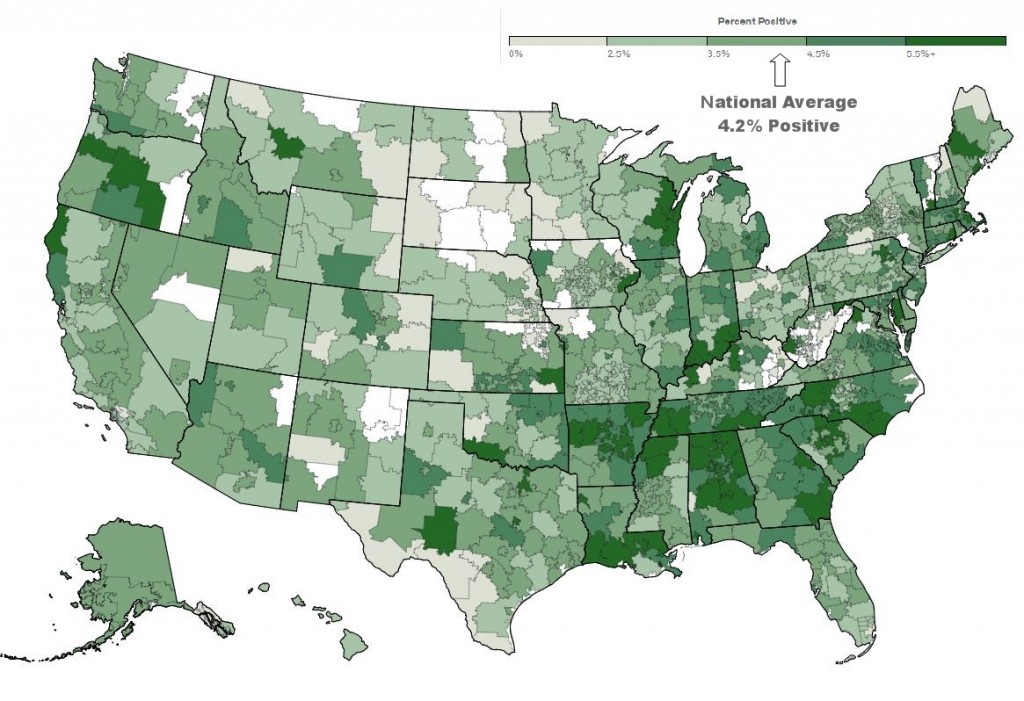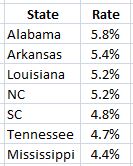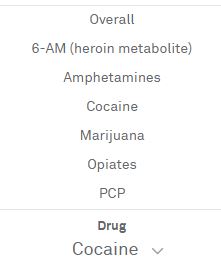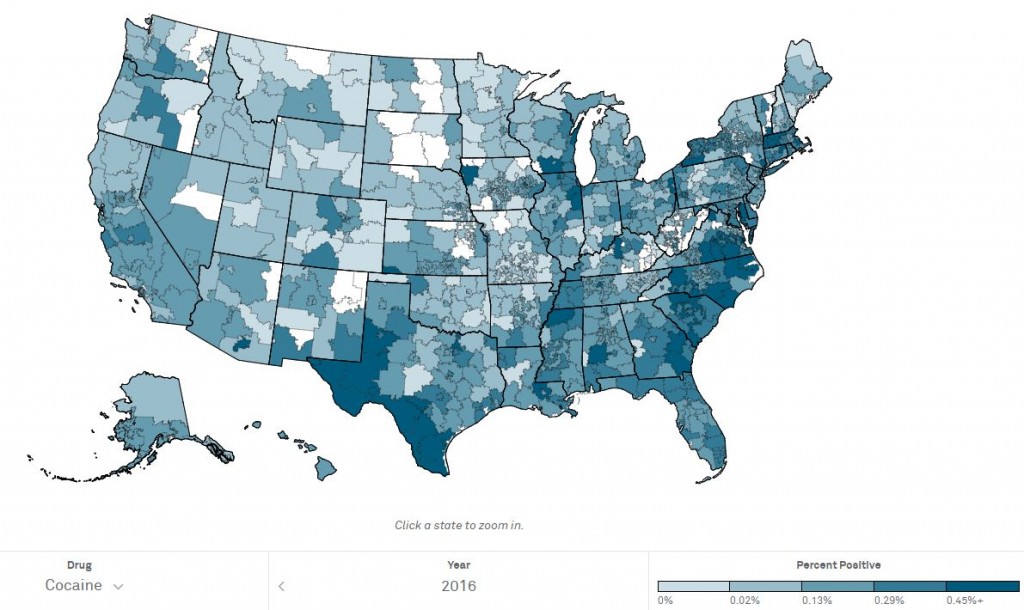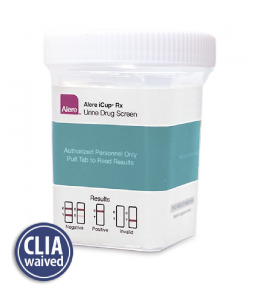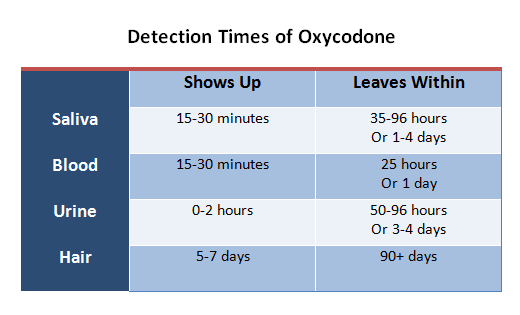The year 2020 presented a wide range of challenges to many of us. One tragic and alarming trend was a dramatic rise in substance abuse and overdose deaths throughout the United States. According to the Centers for Disease Control (CDC), we saw an 18.2% increase in overdoses in 2020. But how did drug use trends change within the workplace?
Data in the Quest Diagnostics 2021 Annual Report on workforce drug testing is drawn from over 7 million employee drug tests administered in 2020, and it shows mixed results.
The overall rate of positive results on workplace drug tests declined slightly from 4.5% in 2019 to 4.4% in 2020. Positive test results for marijuana continued to rise steadily, while amphetamine positivity rates stayed steady at 1.1%, which is what it has been every year since 2016.
Many workers in industries performing public safety or national security roles “requiring a high degree of public trust” are subject to federally-mandated drug testing requirements from the Department of Transportation (DOT), Department of Defense (DOD), or Nuclear Regulatory Commission (NRL). In 2020, positivity rates among these Safety-Sensitive workers decreased 8.3% from 2019, but were still 10% higher than the 2016 rates.
As the Safety-Sensitive workforce positive rates decreased, the general workforce rates increased. Overall positivity rates for the general workforce in 2020 increased 3.8% over the previous year, with 5.5% of all tests positive, putting the rate 12.2% higher than in 2016. Nevada and Oklahoma had the highest positivity rates in the country, and Nebraska and Wyoming showed a few of the lowest positivity rates.
Cocaine Positivity Rate Declines
In the general workforce, positive tests for cocaine were down 18.5% at 0.22% positive compared to 2019. This is the lowest number of positive cocaine tests since 2012.
Marijuana Positivity Rate Skyrockets
The positive test rate for marijuana continues to skyrocket in the general workforce, with positivity rate in 2020 being as high as 3.6% in comparison with the 2019 rate of 3.1%. The Safety-Sensitive workforce positive test rate for marijuana started to improve slightly in 2020 at 2.2% positive. While this is still 10% higher than the 2016 rates, it is at least an improvement.
Post-accident marijuana usage in the general workforce is also heading for the stars with 6.4% of tests administered following an accident testing positive. This is a huge cause for concern for employers and employees alike who strive to ensure a safe workplace. Positivity rates in the Safety-Sensitive workforce post-accident tests stayed steady at 1.6% throughout 2019 and 2020.
Not surprisingly, positivity rates in states that have legalized recreational marijuana usage is consistently rising. Positive workplace marijuana tests increased 118.2% since 2012 and sat at 4.8% positivity in 2020. In the states that have not legalized marijuana, the rate also increased, but only 68.4% since 2012 and were charted at 3.2% positive.
Nevada, once again, had one of the highest positivity rates for marijuana in 2020, with the northern midwest and Rocky Mountains area showing the lowest rates.
Ecstasy Positivity Rate Climbs
Positivity for MDMA/MDA 3,4-Methylenedioxymethamphetamine–usually referred to as ecstasy–is also on the rise, increasing 25% from 2019 to land at 0.01% positive in 2020. Yes, this is a small number, but ecstasy rates have slowly, yet steadily increased year after year and could become a larger issue if the trend continues.
Helpful Resources for Employers
The US Substance Abuse and Mental Health Services Administration (SAMHSA) recommends Workplace Prevention Basics as a resource for employers to learn about preventing substance abuse in the workplace. Find more information about Drug-Free Workplace Programs here
If you want to learn about simple, cost-effective employment drug testing solutions for your business, email us at cs@homehealthtesting.com.


